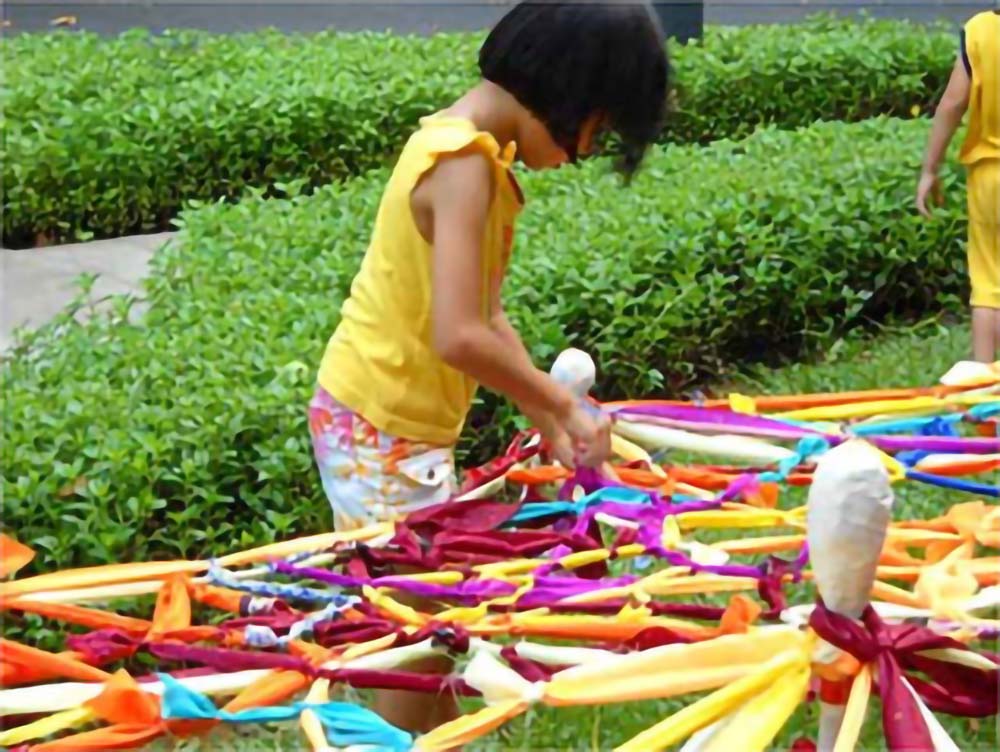Community Cultural Development, defined by Adams and Goldbard (2005) in their book ‘Creative Community – The Art of Cultural Development’ distances itself from state appropriation of the community arts. The ‘community arts’ is defined by these authors as ‘conventional arts activity based in a municipality (2005:4). The term ‘Community Cultural Development’ attempts to deviate from this by emphasising on
1) a collaborative process wherein the artist facilitates a means for participants to determine the content and focus of the arts project for themselves. This process ideally creates critical awareness of cultural meanings and enables participants to ‘master cultural tools to express and communicate’ their opinions and ideas.
2) The ‘cultural tools’ used not only involve artistic forms, but include aspects of popular and traditional culture as well.
3) Imposition, of values by an authority or of agendas (be they social, political, cultural or aesthetic) by artists, on the participants is not part of community cultural development practices (2005:68). Indeed, the collaborative process is meant to break this imposition- an imposition that, according to Adams and Goldbard, creates disempowered, disillusioned, passive consumerist communities rather than active communities who play a pivotal role in transforming the world they live in.
4) Community cultural development takes on a liberal view of culture, suggesting that culture is not a noun but a verb. The term ‘development’ indicates a ‘dynamic process of cultural action’ which can lead to the conscientization and emancipation of the participant communities from the forces of inequality and oppression.
5) In community cultural development practices, the presence of an artist is crucial. While organizational skills are important, the artist is needed to provide the skills of shaping ‘bits of social fabric into satisfying complete experiences that cohere as works of art’. Such work requires experience in creativity, where a wide ‘cultural vocabulary’ is used to ‘convey information through imagery, sensitivity to subtle shadings of meaning and imaginative empathy’ (2005:67). Adams and Goldbard emphasize that without the artist, the work cannot get beyond the level of ‘well-intended social therapy’ or propaganda.
From Adams and Goldbard (2005), one can deduce that an artist, a critical process, an active and articulate participant community and a confident artistic form are the main elements make up the philosophy and practice of community cultural development. These elements are essential to ensure that the practice does not blindly conform to social agendas, but instead can possibly question existing socio-cultural norms and thereby potentially transform the dominant political forces that shape our cultural space. The ability to question and transform lies in the quality of the critical process together with the quality of the articulated artistic form. Ultimately, it is the artist who is responsible for establishing quality practice in the field, locating collaborative solutions with the participant community to address practical, aesthetic and ethical problems that may arise through the process of a project.
